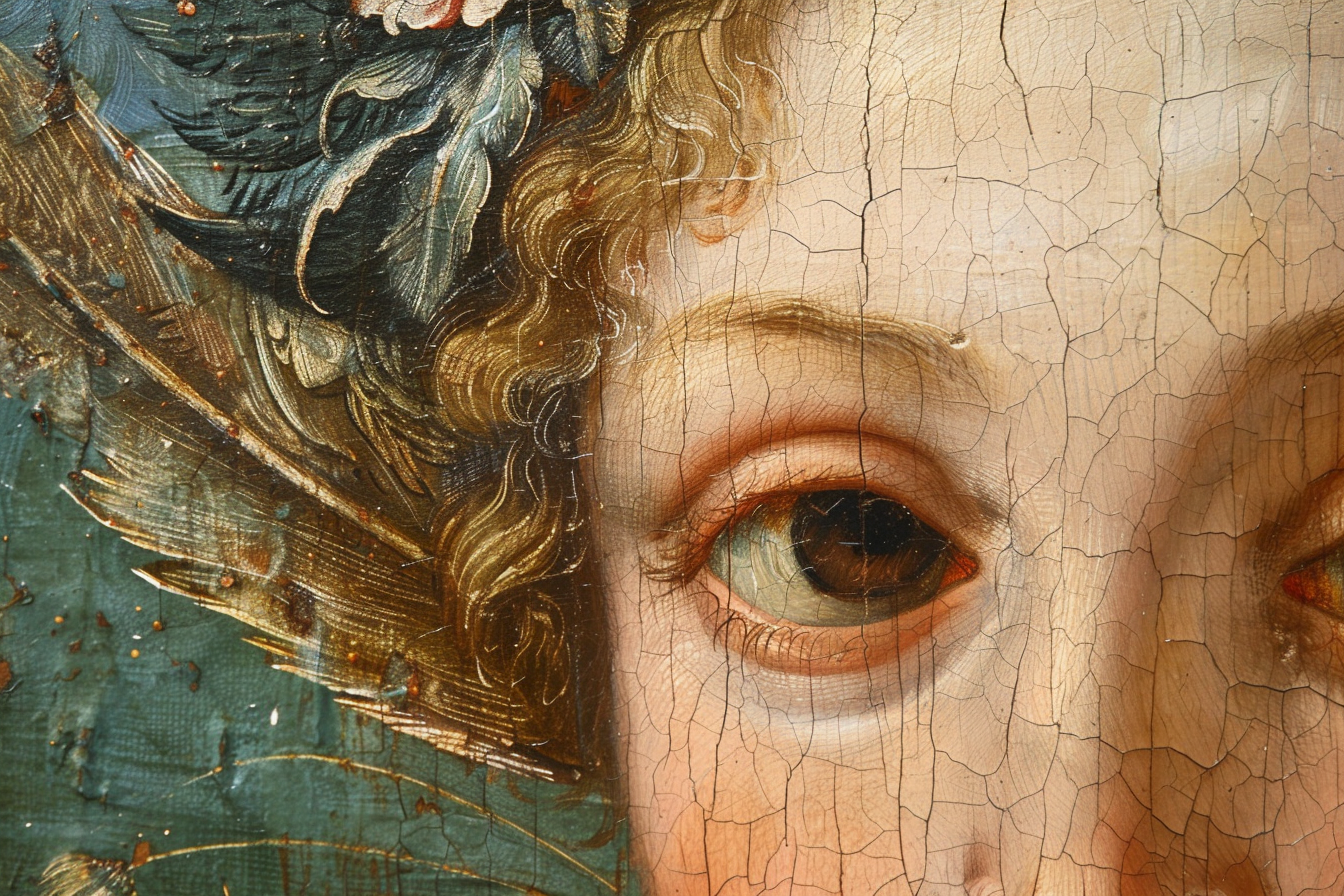Christie's - Old Master Paintings and Sculpture: Part II
Jan. 31st. 2024 - New York

Key Insights
- Christie's 'Old Master Paintings and Sculpture: Part II' auction exhibited a strong performance with a sell-through rate of 73.28%, showing robust demand for Old Master artworks, which are often celebrated for their historical significance and craftsmanship. The auction's aggregate value of 3,309,642 USD aligns with the prestige of Old Master works as crucial assets in the collecting world.
- Considering the average price of 34,475.44 USD, the auction featured a diverse range of works, indicating that while some artworks greatly exceeded this average, others sold for less, appealing to different collector levels. This diversity suggests strategic curation by the auction house to attract both seasoned collectors and newcomers.
- The top lot by the Studio of Giovanni Antonio Canal, called Canaletto, fetching $220,000, surpasses other prestigious artists, highlighting that works with strong provenance or studio attribution continue to command premium prices. Similarly, significant sales of works by John Constable and Jacob van Hulsdonck underscore sustained demand for British landscape and Northern European artists, reflecting collector preferences for historical significance and meticulous detail.
- Notably, Paolo Porpora's work at $150,000, ahead of pieces by Joshua Reynolds and Balthasar van der Ast, emphasizes the enduring interest in Italian Baroque painting. The varied hammer prices among artists like Thomas Lawrence, W. Mertens, and Pierre Le Gros II indicate a balanced market response, validating diverse collector interests.
- The analysis of sold lots by hammer price total value reveals significant concentration of sales within the mid-range price brackets, with the highest number of sales occurring in the $10,000 to $50,000 category. This suggests that the market for Old Master works is driven by a mix of serious collectors and connoisseurs seeking mid-priced gems, as well as wealthier individuals or institutions investing in rarer, high-value items. The distribution of sales and the percent deviation from expectations reflect a dynamic and thriving market for Old Masters, underpinned by quality, historical gravitas, and the strategic acumen of collectors.